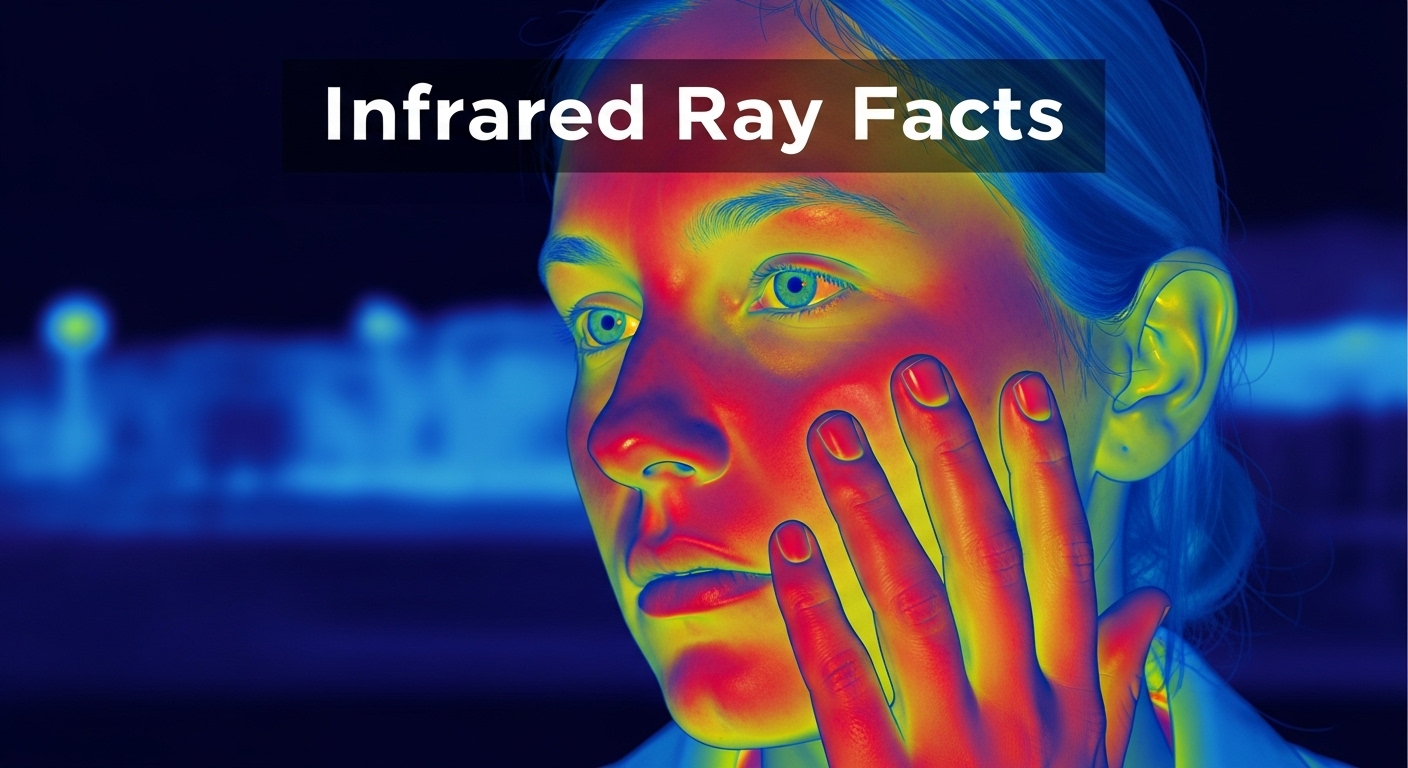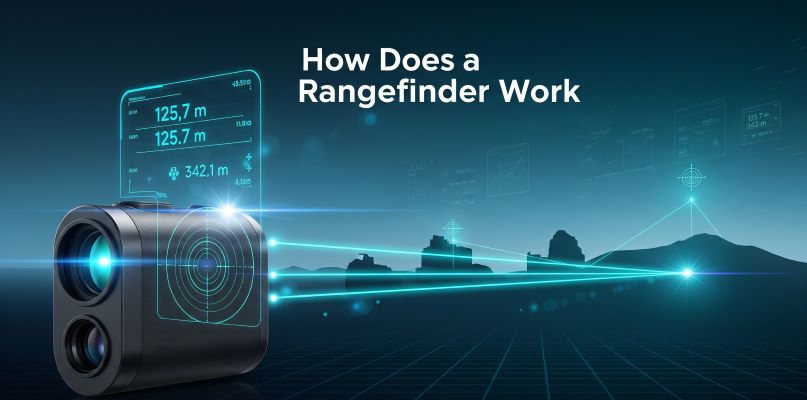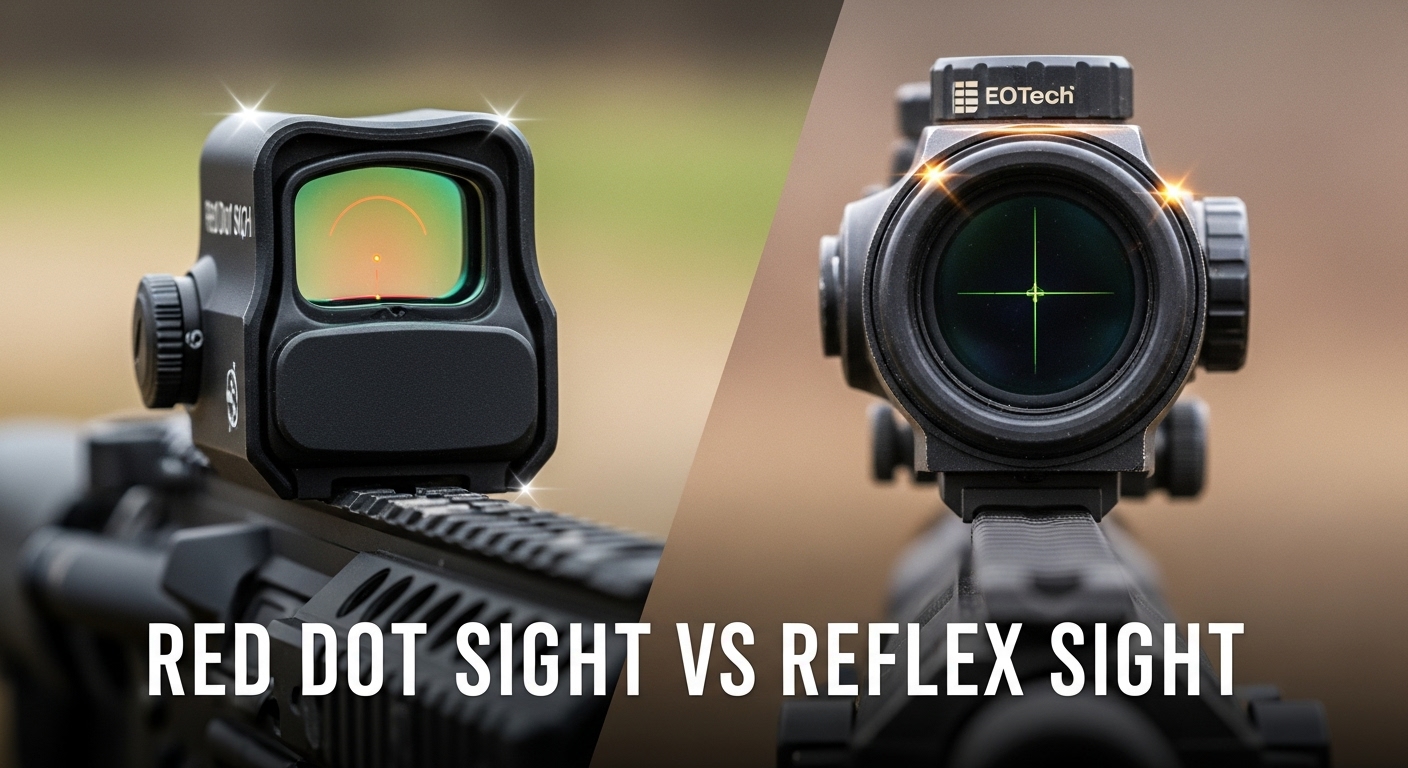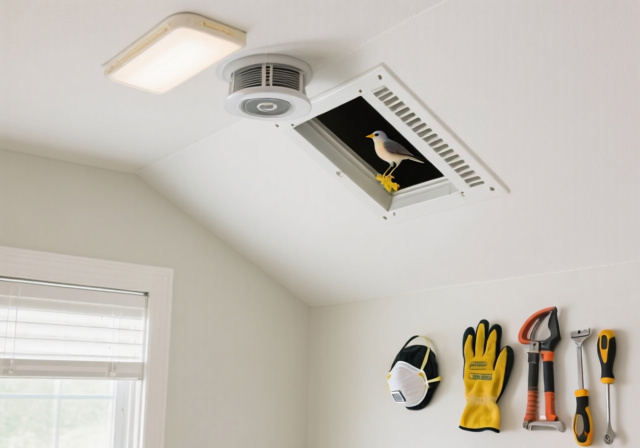

Modern rangefinders can measure distances to within 1 yard at over 1,000 yards away—a feat that would have seemed like magic just decades ago. Whether you’re lining up a golf shot, tracking game in the field, or focusing a vintage camera, understanding how rangefinders work can dramatically improve your results.
At its core, a rangefinder works by sending out a signal—typically a laser beam—toward a target and measuring the time it takes for that signal to bounce back. This “time-of-flight” principle allows the device to calculate distance with remarkable precision. While laser rangefinders dominate today’s market, several other technologies serve specific needs.
This comprehensive guide explores every type of rangefinder technology, from the laser units in your golf bag to the sophisticated optical systems in vintage cameras. You’ll discover how each type operates, which applications they excel at, and how to maximize their performance in real-world conditions.
| Rangefinder Type | Signal Used | Typical Range | Best Applications |
|---|---|---|---|
| Laser | Light beam | 10-2,000 yards | Golf, hunting, surveying |
| Optical | Visual triangulation | 3-300 feet | Photography, short-range |
| Sonar | Sound waves | 1-500 feet | Underwater, marine |
| Radar | Radio waves | 100-25,000 yards | Military, aviation |
| Ultrasonic | High-frequency sound | 1-30 feet | Robotics, parking sensors |
Laser rangefinders represent the most popular and versatile distance-measuring technology available today. These devices have revolutionized activities from golf to hunting by providing instant, accurate measurements at the push of a button.
The fundamental principle behind laser rangefinders is elegantly simple. When you press the button, the device emits a narrow laser beam that travels at the speed of light—approximately 186,000 miles per second. This beam races toward your target, reflects off its surface, and returns to the rangefinder’s sensor.
Inside the device, a high-speed clock measures the exact time between emission and reception. Since the speed of light is constant, the rangefinder calculates distance using the formula: Distance = (Speed × Time) ÷ 2. The division by two accounts for the round-trip journey.
This entire process happens in nanoseconds, delivering your distance reading almost instantaneously. Modern processors can complete millions of these calculations per second, enabling features like continuous scanning mode.
Understanding the internal components helps explain why some rangefinders perform better than others:
1. Laser Emitter
2. Receiver Optics
3. Processing Unit
4. Display System
Here’s exactly what happens when you use a laser rangefinder:
The entire measurement cycle completes faster than you can blink, making laser rangefinders ideal for moving targets or quick measurements.
Beam divergence critically impacts ranging performance, especially at longer distances. Think of it like a flashlight beam—the farther you shine it, the larger the circle of light becomes.
Most consumer rangefinders have beam divergence between 1.5 × 0.5 mils and 2.0 × 1.0 mils. At 1,000 yards, a 1.5 mil beam covers approximately 54 inches. Military-grade units achieve divergence as low as 0.3 mils for pinpoint accuracy.
Factors affecting accuracy:
Pro Tip: For targets under 500 yards, beam divergence rarely affects accuracy. Beyond that distance, use a tripod or rest for best results with tight-beam rangefinders.
Before lasers revolutionized distance measurement, optical rangefinders ruled supreme. These mechanical marvels still find use today, particularly in photography and specialized applications where electronics might fail.
Optical rangefinders operate on the principle of parallax—the same phenomenon that makes objects appear to shift position when you alternate closing each eye. The device uses two separate viewing windows, typically placed at opposite ends of the rangefinder body.
These windows, separated by a known distance called the baseline, view the target from slightly different angles. By measuring the angular difference between these two views, the rangefinder calculates distance through triangulation. It’s essentially the same principle surveyors have used for centuries, miniaturized into a handheld device.
The longer the baseline, the more accurate the measurement. Naval rangefinders during World War II featured baselines of several meters for extreme long-range accuracy.
The rangefinder camera represents the most refined application of optical ranging technology. Unlike modern autofocus systems, these cameras require manual alignment for perfect focus.
Key components in the rangefinder camera diagram:
When you turn the focusing ring, the secondary image moves horizontally across the viewfinder. Perfect focus occurs when both images align precisely—a technique photographers call “coincident image ranging.”
This mechanical coupling between the rangefinder and lens ensures accurate focus without batteries or electronics. Many photographers still prefer this tactile, precise method for street and documentary work.
Despite the prevalence of electronic alternatives, optical rangefinders offer unique benefits:
Reliability in Extreme Conditions
Discrete Operation
Enhanced Viewing Experience
However, optical rangefinders do have limitations. They struggle with extreme close-ups due to parallax error and can’t accommodate zoom lenses effectively. The learning curve is steeper than modern autofocus systems.
While laser and optical rangefinders dominate consumer markets, specialized applications demand different technologies. Each type excels in specific environments where traditional methods fall short.
Water absorbs light rapidly, making laser rangefinders ineffective beyond a few feet underwater. Sonar (Sound Navigation and Ranging) rangefinders solve this problem by using acoustic waves that travel efficiently through water.
The device emits ultrasonic pulses, typically between 20-200 kHz, and listens for echoes. Since sound travels at approximately 1,500 meters per second in water—much slower than light—timing calculations require different formulas. Temperature and salinity affect sound speed, so advanced units include compensation algorithms.
Marine applications include:
Radar rangefinders excel at extreme distances where even powerful lasers fail. By transmitting radio waves instead of light, these systems penetrate fog, rain, and darkness with minimal signal loss.
Military applications pioneered radar ranging, but civilian uses now include:
Radio waves travel at light speed but spread over wider areas than laser beams. This characteristic makes radar ideal for detecting large objects at great distances but less suitable for precision targeting of small objects.
Ultrasonic rangefinders fill the gap between contact measurement and optical methods. Operating above human hearing range (typically 40 kHz), these devices excel at short-range detection where other methods prove impractical.
Common implementations include:
The wide beam spread of ultrasonic waves—often 30 degrees or more—makes them perfect for detecting obstacles rather than precise ranging. Cost-effectiveness and simplicity make them ideal for mass-produced applications.
Lidar (Light Detection and Ranging) extends laser ranging principles to create detailed 3D maps. Instead of measuring single points, lidar systems sweep laser beams across entire areas, collecting millions of distance measurements per second.
Key applications:
Modern lidar units combine GPS positioning with inertial measurement for centimeter-level accuracy across vast areas. While technically laser rangefinders, their complexity and cost place them in a separate category.
Understanding what does a rangefinder do in various contexts helps you choose the right technology for your needs. Each application demands specific features and performance characteristics.
Golf rangefinders have transformed course management by eliminating guesswork from club selection. Modern golf-specific units include features tailored to the sport’s unique requirements.
Essential golf rangefinder functions:
The best golf rangefinders balance portability with performance, typically offering 400-1,000 yard range with ±1 yard accuracy. Understanding your optics helps appreciate why quality lenses matter even in compact rangefinders.
Hunting rangefinders face unique challenges: targets blend into backgrounds, shots often angle up or down, and precision affects ethical shot placement. Specialized features address these needs.
Critical hunting features:
Bow hunters particularly benefit from angle compensation, as arrow trajectory changes dramatically with elevation. A 30-yard shot from a 20-foot tree stand actually plays like a 26-yard ground-level shot.
Rangefinder cameras represent a unique photography approach where the viewing system operates independently from the lens. This design offers advantages for specific photography styles.
Street photographers appreciate the quiet operation and minimal shutter lag. The bright viewfinder shows more than the lens captures, allowing better anticipation of subjects entering the frame. Documentary photographers value the mechanical reliability and discrete appearance.
However, rangefinder cameras require understanding parallax correction and manual focus techniques. They excel at standard focal lengths but struggle with extreme telephotos or macros.
Professional rangefinders push technology limits with features unavailable in consumer models:
Military specifications:
Surveying requirements:
These professional tools cost thousands of dollars but deliver precision impossible with consumer units. They demonstrate rangefinder technology’s full potential.
Learning how to use a rangefinder properly maximizes its capabilities while avoiding common frustrations. While specific features vary by model, fundamental techniques apply universally.
1. Stabilize Your Position
2. Target Acquisition
3. Measurement Technique
4. Interpreting Results
Modern rangefinders offer sophisticated modes for challenging scenarios:
First Target Priority
Distant Target Priority
Scan Mode
Best Target Mode
Even experienced users make these errors:
1. Ranging Non-Reflective Surfaces Dark, soft, or angled surfaces absorb laser energy, reducing range dramatically. Black cattle might only range at 40% of maximum distance compared to white buildings.
2. Ignoring Beam Divergence At 1,000 yards, your laser beam might cover 6 feet. Ensure targets exceed beam size for reliable readings.
3. Shooting Through Obstacles Windows, screens, or light brush create false readings. Always ensure clear sight lines.
4. Neglecting Weather Effects Heavy rain, fog, or snow scatter laser beams. Reduce expectations in poor conditions.
5. Battery Mismanagement Cold weather drastically reduces battery life. Carry spares and keep them warm.
Proper care extends rangefinder life and maintains accuracy:
Regular Maintenance:
Calibration Checks:
Field Care:
Pro Tip: Create a range card for your property or regular shooting spots. Measure permanent objects during ideal conditions for quick reference later.
The question “do rangefinders work at night” depends entirely on the technology type and specific model features. Understanding night ranging capabilities helps select appropriate tools for low-light applications.
Standard laser rangefinders function perfectly in complete darkness—the laser provides its own illumination. However, you can’t see through the viewfinder without ambient light. Modern solutions address this limitation.
Illuminated Display Models
Night Vision Compatible Units
Thermal Rangefinder Combinations
Thermal rangefinders represent the pinnacle of night ranging technology. By combining thermal imaging with laser ranging, these units work in zero light conditions.
The thermal sensor detects infrared radiation (heat) emitted by all objects above absolute zero. This creates a visual image based on temperature differences rather than reflected light. Integrated laser ranging then measures distance to any point in the thermal image.
Advantages include:
Wildlife researchers and search-and-rescue teams particularly value these capabilities. Hunters tracking wounded game at night find thermal rangefinders invaluable for ethical recovery.
Maximize standard rangefinder performance in low light:
Target Selection
Environmental Awareness
Technique Adjustments
Equipment Preparation
Remember that quality optics and coatings significantly impact low-light performance across all rangefinder types.
Understanding what influences rangefinder effectiveness helps set realistic expectations and troubleshoot problems. Environmental and target characteristics dramatically impact ranging success.
Weather creates the most variable ranging conditions:
Rain Effects
Fog and Mist
Snow Conditions
Heat Mirage
Target characteristics influence ranging as much as weather:
Reflectivity Factors:
| Surface Type | Relative Range | Examples |
|---|---|---|
| Retroreflective | 150-200% | Safety signs, markers |
| White/Light | 100% | Buildings, rocks |
| Natural | 60-80% | Trees, grass |
| Dark/Soft | 30-50% | Animals, dark paint |
| Water/Glass | 10-30% | Lakes, windows |
Angle Considerations
Size Matters
Manufacturers test rangefinders under ideal conditions: large, white, perpendicular targets in perfect weather. Real-world performance typically achieves 60-80% of advertised maximum.
Realistic Expectations:
Factors for Maximum Performance:
Troubleshooting Tip: If your rangefinder suddenly won’t reach expected distances, clean the lenses first. A fingerprint or water spot can reduce range by 50%.
Selecting the ideal rangefinder requires matching features to intended use while balancing budget constraints. Understanding specifications helps avoid overpaying for unnecessary capabilities.
Magnification
Objective Lens Size
Range Specifications
Additional Features
Rangefinder pricing typically reflects genuine performance differences:
Entry Level ($100-250)
Mid-Range ($250-500)
Premium ($500-1000)
Elite ($1000+)
For Golf:
For Hunting:
For Long-Range Shooting:
Budget-Conscious Options:
Remember that reputable brands offer better warranty support and maintain resale value. Consider long-term value over initial price.
Modern laser rangefinders typically achieve ±1 yard accuracy within their effective range. Premium models may reach ±0.5 yard precision under ideal conditions. Several factors influence real-world accuracy.
Quality units use multiple pulse averaging to improve precision. They emit hundreds of laser pulses, analyze returns, and calculate the most probable distance. This approach filters out atmospheric interference and false readings.
Accuracy degrades at extreme ranges or with difficult targets. A rangefinder accurate to ±1 yard at 500 yards might show ±3 yards at 1,500 yards. Always verify important measurements with multiple readings.
Standard rangefinders cannot measure through glass reliably. Glass reflects and refracts laser beams, creating false readings at the glass surface rather than intended targets beyond.
Some specialized surveying rangefinders include “window mode” compensating for single glass panes. However, consumer models lack this capability. Double-pane windows, screens, or dirty glass make ranging impossible.
For hunting blinds or vehicle use, open windows or shoot through designated ports. Even seemingly clear glass significantly impacts laser transmission and return signal strength.
These modes tell the rangefinder which reading to prioritize when receiving multiple distance returns:
First Target Mode:
Distant Target Mode:
Advanced rangefinders analyze all returns intelligently, reducing manual mode switching needs. They recognize typical scenarios and display appropriate readings automatically.
Most consumer rangefinders never need user calibration. They’re factory-calibrated and sealed, maintaining accuracy throughout their lifespan. However, severe impacts might affect alignment.
Professional surveying equipment requires periodic calibration to maintain certified accuracy. This involves comparing against known distances and adjusting internal parameters. Only authorized service centers should attempt this process.
If your rangefinder consistently reads incorrectly, check for dirty lenses first. Then verify against multiple known distances. Consistent errors across all ranges indicate service needs.
Several common issues prevent successful ranging:
Target Problems:
Environmental Issues:
Equipment Factors:
Try ranging large, light-colored buildings first. If these won’t read, clean lenses and check batteries. Persistent problems require professional service.
Understanding how rangefinders work empowers you to choose and use these tools effectively. From the precision of laser technology to the reliability of optical systems, each type serves specific needs.
Modern rangefinders have evolved far beyond simple distance measurement. Today’s units incorporate angle compensation, ballistic calculators, and environmental sensors. They’ve become indispensable tools for professionals and enthusiasts alike.
Whether you’re perfecting your golf game, ensuring ethical hunting shots, or capturing perfect focus with a vintage camera, the right rangefinder transforms guesswork into precision. Match the technology to your needs, understand its limitations, and maintain it properly for years of reliable service.
As technology advances, expect even more capability from future rangefinders. Integration with smartphones, augmented reality displays, and artificial intelligence will expand possibilities. However, the fundamental principles—sending signals and timing returns—remain constant.
Master these basics, and you’ll maximize any rangefinder’s potential, regardless of how advanced the technology becomes.



